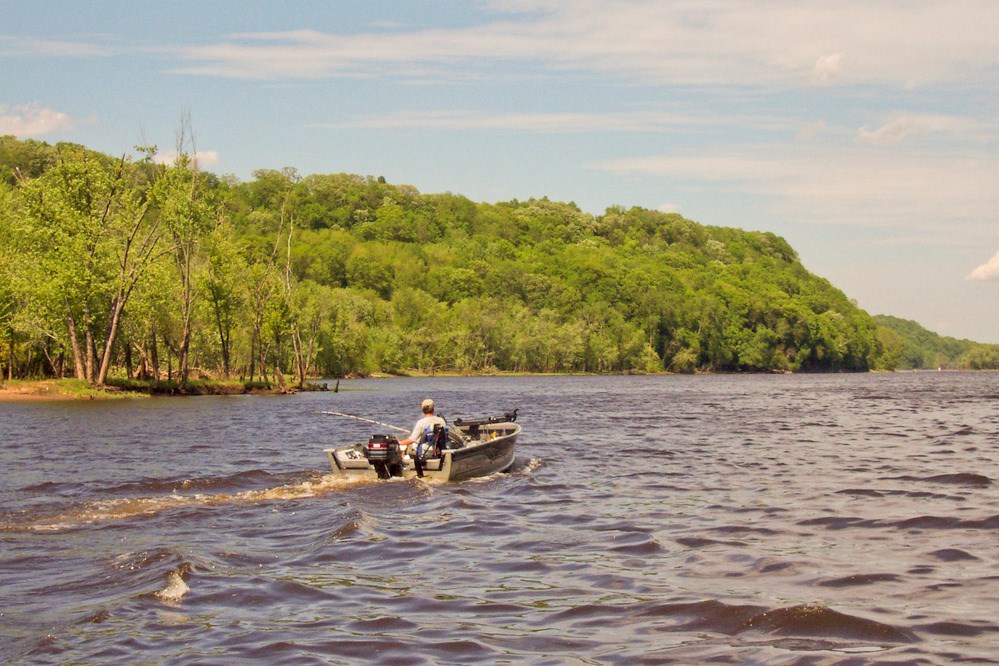Part of a series of articles titled Crystal Clear: A Call to Action.
Article
Crystal Clear: Occurrence and Effects of Endocrine-Disrupting Chemicals in the St. Croix River

NPS Photo
The St. Croix River is one of the last undisturbed, large floodplain rivers in the upper Mississippi River System. The Saint Croix National Scenic Riverway encompasses 255 river miles from the St. Croix Flowage and Namekagon River to the confluence of the St. Croix River with the Mississippi River at Prescott, Wisconsin. The Wild and Scenic Rivers Act of 1968 includes protection of the “outstandingly remarkable values” of the St. Croix and Namekagon rivers, which are included in the first eight designated wild and scenic rivers. The National Park Service (NPS) supports efforts to ensure these high-quality waters are not degraded by endocrine-disrupting or pharmaceutically active chemicals.
Background
More than 30 municipal and industrial wastewater treatment plants discharge into the St. Croix Riverway and its tributaries. Endocrinedisrupting chemicals (EDCs) and pharmaceutically active chemicals (PACs) are of concern in the St. Croix River due to the potential for their introduction from wastewater treatment plants and their known effects on aquatic life. Investigators from the U.S. Geological Survey and St. Cloud State and St. Thomas universities are working with the NPS to evaluate these contaminants in the St. Croix River. This project will measure concentrations of estrogen at locations downstream from effluent inputs, measure concentrations of EDCs and PACs in water and sediment, and examine fish response to these chemicals in order to improve the understanding of chemical effects on river and tributary health.Status
Initial sampling began in May 2011, and results generally indicated an increase in compounds at and downstream from effluent locations. Preliminary data indicated drug classes of antidepressants, pain relievers, and blood pressure pharmaceuticals were among the most commonly identified. Hormone indicators for EDCs were also identified at some locations. These findings are not uncommon, and the information provided from this study should help wastewater treatment and river managers work to protect and improve water quality and reduce pressure on biota dependent on the St. Croix River for survival. The project is targeted for completion in 2014.Last updated: November 8, 2018
